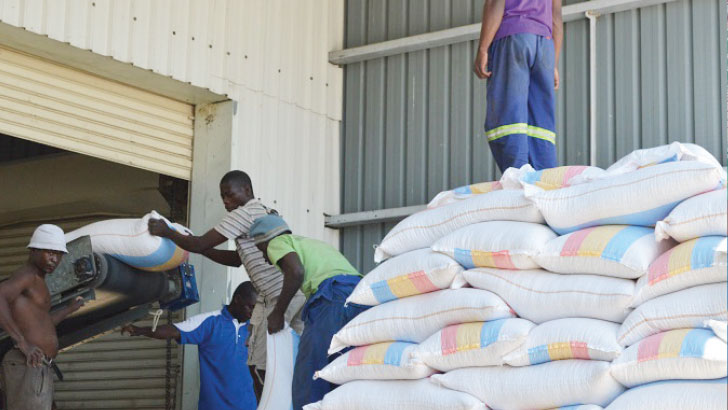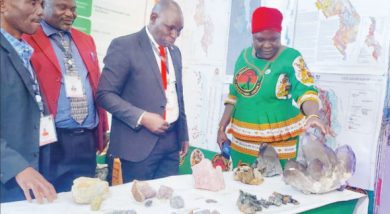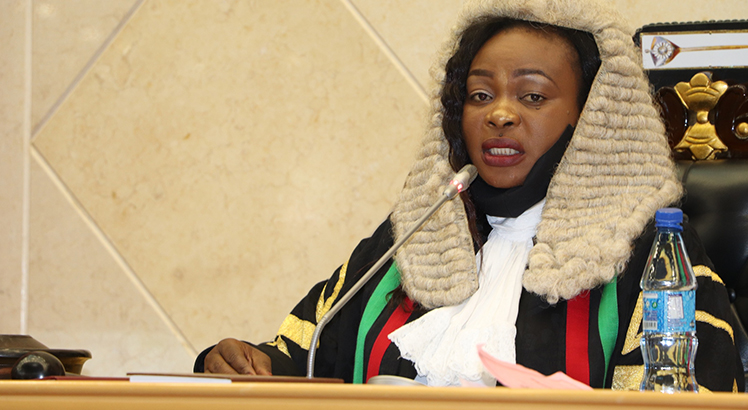Farmers lose out on maize trade
Farmers in Malawi are losing out from maize trade with data from International Food Policy Research Institute (Ifpri) indicating that less than 10 percent of them received equal to or greater than the minimum farm gate price.
In its June Malawi Monthly Maize Market Report, Ifpri observes that the monthly average retail price of maize in June 2021 was K132 per kilogramme (kg).

This is 12 percent lower than the government-mandated minimum farm gate price of K150 per kg and about five percent lower than the previous month .
Reads the report in part: “On average, farmgate maize prices during June 2021 were about 35 percent below the minimum farm gate announced by the Ministry of Agriculture late March this year.
In an interview on Thursday, Farmers Union of Malawi president Frighton Njolomole decried the continued decline in maize prices saying this will have a negative impact on farmers income and food security.
He said: “With increased prices of fertiliser, it means farmers have to sell a significant amount of maize to buy fertiliser and other inputs for the coming season.
“The low maize prices also reduce the capacity of farmers to buy inputs for the next season which might result in food insecurity in the next season and deepening poverty.”
Njolomole said it is unfortunate that until now Agricultural Development and Marketing Corporation is yet to get on the market inspite of the government promising to provide a market for farmers.
In Malawi, the Ministry of Agriculture sets minimum farm gate prices for agricultural produce in accordance with the gricultural General Purposes Act 1987 Cap 65.05 of the Laws of Malawi.
The minimum farm gate prices are determined by cost of production, market forces, price trends for the previous years and export parity price and consultations are also done with key stakeholders in the agricultural sector.
However, in an interview earlier, Grain Traders Association of Malawi president Grace Mijiga Mhango said while the methodology for arriving at the prices raises a lot of questions, they were not consulted as a key stakeholder on the same.
She observed that the set prices favour large traders or processors and is a deliberate effort to frustrate the indegenous traders and producers.
Said Mijiga Mhango: “The other sad thing is that government removed soya from their programme and subjected all farmers to produce maize and drop their prices. Worse still, the cost of living is going high every single day yet the return on a farmer’s investment is limited.
Meanwhile data from the Ministry of Agriculture shows that staple maize production is expected to be 18 percent above last year and 43 percent above the five- year average.
Towards the beginning of the year, Malawi was banking on Mozambique, Zimbabwe and South Sudan to take up excess maize resulting from a more than normal rainfall and a successful Affordable Inputs Programme.
Nonetheless, Zimbabwe imposed a maize import ban in May 2021 and Mozambique like many surrounding countries in the region experienced a bumper harvest, dampening export expectations.





